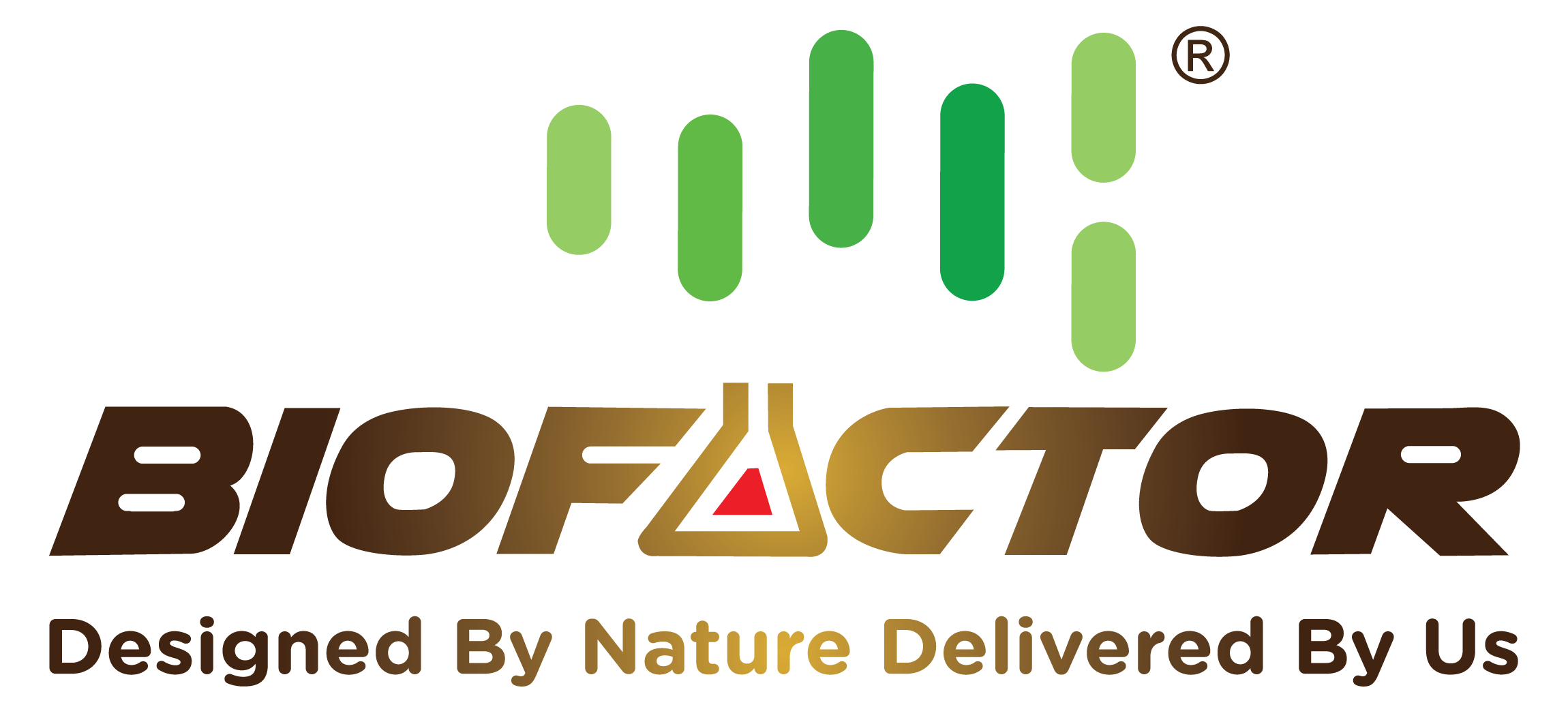Research & Development
Research and Development
Research and Development are at the heart of what we do and what we care for at Biofactor.
At Biofactor, we strive to deliver innovative, first-class products by expanding research and development activities both in-house and in collaboration with external partners.
Much of our initial research has centred on bacteria and the roles they play in organic matter. Through our own efforts, we have invented new and improved ways of composting, manufacturing and delivering fertilisers. We have also identified and isolated bacteria that perform specific roles, which will revolutionise our products and our processes. The flow-on effect is mind-boggling – more sustainable, robust and nutrient-rich environments from which we can help feed the world. As we continue to delve into the natural science of microbiology, the future is literally alive with possibilities.
We are not just locked into our own world of microscopes and petri dishes though…
we are actively collaborating with experts, putting theories into practice, and testing new ideas for ‘real life’ applications. In the process, we are furthering our knowledge and understanding of the nature of fertilisers and how they work in different environments.
We are working with some of the brightest minds and most respected institutions around the globe, including universities (Acharya N. G. Ranga Agricultural University, Tamil Nadu Agricultural University), research institutions (ICAR) and commercial users (like Wineries).
This is just an overview of the breadth and depth of our inquisitiveness – we’re on a journey that has no destination, and we’re very comfortable with that.
Technology
In a world where scientific knowledge evolves daily, Biofactor is driven to keep pace through ongoing research and development. We work in collaboration with world-class research organisations and universities, and our research and development team keep up-to-date with their knowledge and research skills to serve the ever-changing needs of the agricultural industry. We are dedicated to providing advanced, science-based solutions which assist our growers to achieve a greater return on investment.
We are developing sustainable technologies and practices based on solid scientific principles and extensive field experience and observations with our highly skilled agronomy team. Our experienced and qualified researchers design and formulate new products and technologies based on rigorous laboratory procedures and replicated scientific field trials. We perform studies on our products to test: efficacy, crop yield and quality; crop stress tolerance; nutrition levels; crop vigour; early crop establishment; long term effects; and sustainability. We also provide Research and Development services that are tailored to our clients’ unique needs.


